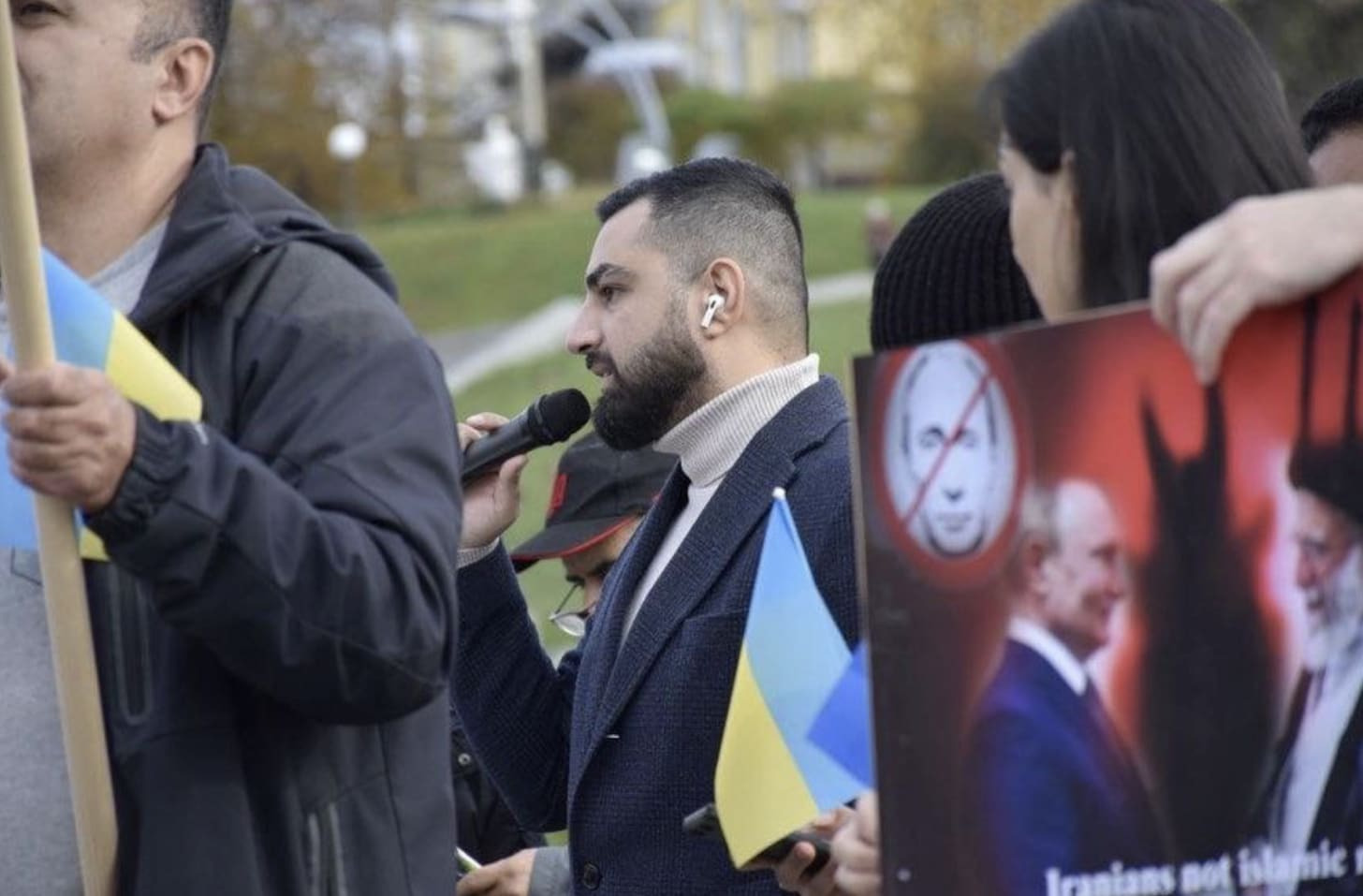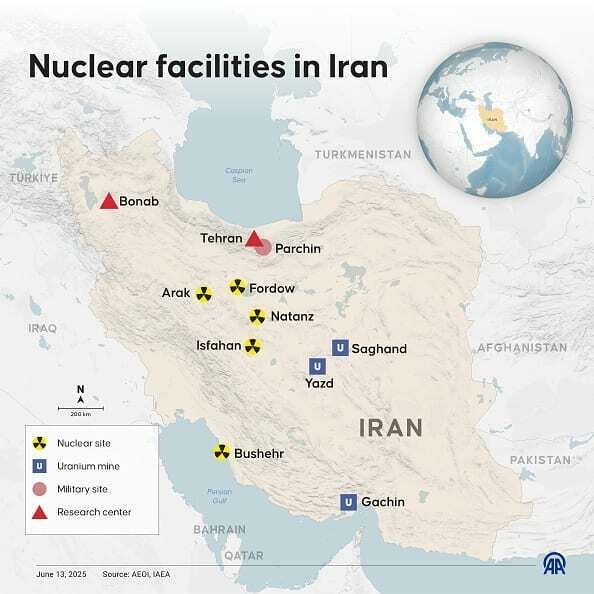Editor’s Note:
Like many of you, we woke up to a new reality.
The Counteroffensive is committed to covering the human stories of people all around the world who are resisting authoritarianism.
If you think this type of journalism is valuable, support us today. We won’t be able to survive without your help!
“I'm not happy that my country is under attack,” said Maziar Mian, an architect from Iran who has built his life in Kyiv. “But I'm happy that the Islamic Republic is weakened. I'm happy that this regime could be nearing its end.”
Maziar learned the news just like the rest of us: after Donald Trump announced live to the world that the United States had launched strikes on the Iranian nuclear sites at Fordow, Natanz, and Isfahan.
Israel began targeting military and nuclear sites in Iran a week ago. Overnight, the U.S. decided to join the war, launching ‘bunker buster’ strikes on the three Iranian nuclear sites.
In America’s 21st-century Middle Eastern interventions, one pattern repeats: consequences spiral beyond control, often in ways we all fail to foresee. Tensions are now at their highest since the Cold War. Instead of ending the war in Ukraine, as he promised, Trump appears to have joined a new one.
The escalation between the U.S., Ukraine’s strongest ally, and Iran, a close Russian ally, could divert attention from the European war.
It’s a double-edged sword: Iranian supplies of missiles and kamikaze drones to Russia may slow as the theocracy seeks to tighten its grip on power. But on the other hand, the United States may now have an excuse to divert military assistance away from Ukraine, focusing instead on protecting its interests in the Middle East amid likely Iranian reprisals.
And then there is the question of what happens to the Iranian regime itself. Maziar, an Iranian pushing for a democratic future in Iran, wants to see the theocracy topple.
But strikes on foreign countries often prompt a rally-around-the-flag effect, in which governments tighten their grip on power by uniting domestic audiences against a foreign adversary. Or, the toppling of the regime could lead to an even more sinister and oppressive government – rather than one in which Iranians can freely choose their own destiny.
AFTER THE PAYWALL:
–Could this be the end of Iran’s theocratic regime? Or could hopes for Iranian democracy be dashed as the country rallies around its government?
–What the strikes against Iran mean for Ukraine as it defends itself against Iranian drones and ballistic missiles
–Could the new war over Iran provide Trump with an excuse to engage with Russia/Ukraine entirely?



